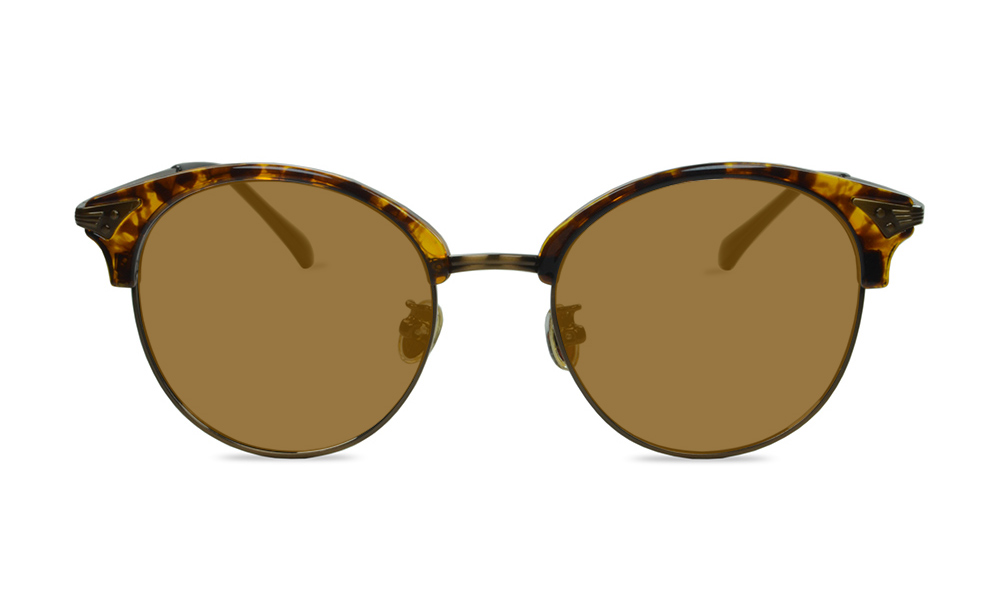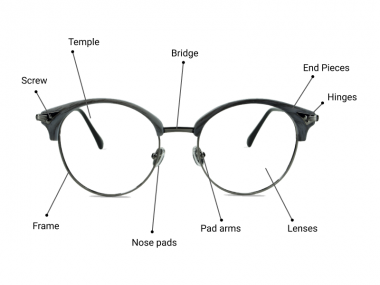Prolonged exposure of UV rays has become one of the main causes of cancer
Most of us are well aware of the dangerous UV rays, how it can affect our skin and eyes. If sunscreen is for skin then sunglasses are for eyes, we are even clear about how to safeguard from the harmful UV rays.
You sure wear sunglasses but does it actually curtail damage to your vision? Wearing sunglasses but with poor or no UV protection can risk your eyes. Sun is serious threat, if your eyes are long-exposed, it can lead to a number of vision conditions/problems like red eyes, sore eyes, conjunctivitis, pterygium, cataracts, macular degeneration, snow blindness, orbit skin aging and even eyelid cancer.
Sunglasses will only be effective when it meets the requirements of UV protection and impact resistance. All genuine UV protective sunglasses are designed as per certain standards. The standards are set according to the exposure levels in different locations. UV exposure is not the same everywhere and hence there are 3 major standards set by the US, Australia and Europe.
Let’s understand each standard more clearly:
Australian Standard AS/NZS 1067:2003
Australia is one country with mandatory sunglass standard in the world that’s enacted by the law. As per the Australian Federal Government Trade Practices Act, sunglasses that are non-compliant to the standard are banned from sale.
The UV protective standards of Australia is very strong. Very high UV protection is necessary in this country as it falls close to the equator. Australia receives around 15% more ultraviolet radiation as compared to the locations in Northern hemisphere.
The UV lens filter as per Australian standard is divided into 0-4 category:
Category 0 – Fashion eyeglasses that are not sunglasses and offer very low sun glare protection along with very low UV protection
Category 1 – Fashion eyeglasses that are not sunglasses and offer limited reduction in sun glare along with some UV protection
Category 2 – Sunglasses with medium level of sun glare reduction and good amount of UV protection
Category 3 – High level of glare protection and good level of UV protection sunglasses
Category 4 – Sunglasses providing high level of sun glare protection and high UV protection
Since Australian lifestyle is mostly outdoor oriented, UV 400 nm standard sunglasses is highly recommended.
US Standard ANSI Z80.3:2010
Like Australia, US doesn’t follow mandatory standard. However, a standard test is conducted on all sunglasses, including non-prescription to check the visible light transmittance and ultraviolet radiation.
The sunglasses should also meet the FDA standard 21 CFR 801.410 to check the impact resistance. As per the Title 21 of the Code of Federal Regulations, non prescription sunnies are categorised as Class I by the FDA. Lenses under ANSI Z80.3 are not meant to use under less illuminated situations.
Sunglasses are classified in 4 categories under Z80.3-2010 that defines the requirements of UV transmittance and traffic signal recognition.
European Standard EN1836:2005
Sunglasses without CE mark cannot be sold in European market. The European standard check sunglasses on UV transmittance. It is mandatory that all sunglasses should have a visible CE mark on it. Sunglasses are divided in 4 tint categories based on the UV transmittance limits.
The standard EN1836:2005 is set to verify the level of UV transmittance and absorption UV, UV-A, UV-B and blue light. The European eyewear market are responding well to the rising demand of UV protection sunglasses.
Standards That Define UV
Sunglasses manufacturer claim to craft sunglasses with UV 380, UV 400 as 380 nm is the upper limit of the UV range.
Prescription Sunglasses
Sunglasses can now be fitted with prescription lenses. Lens tints are available in a variety of colours. However the UV requirements for prescription sunnies are not as tough as that for non prescription sunglasses.
In case of photochromic lenses, UV requirements is set to meet both light and dark conditions.
If you found this article helpful, please feel free to share.










